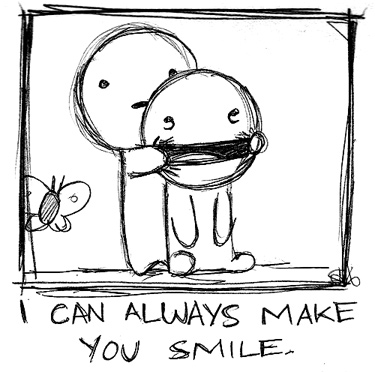
Friday, March 25, 2011
How does ethnocentrism cause conflict?

Friday, February 25, 2011
Act2 Scene 3, Line 1~13
Artemidorus: Caesar, beware of Brutus; take heed of Cassius; come not near Casca; have an eye to Cinna; trust not Trebonius; mark well Metellus Cimber; Decius Brutus loves thee not; thou hast wrong'd Caius Ligarius. There is but one mind in all theses men, and it is bent against Caesar. If thou beest not immortal, look about you: security gives way to conspiracy. The mighty gods defend thee! Thy lover, Artemidorus. Here will I stand till Caesar pass along, And as a suitor will I give him this. My heart laments that virtue cannot live Out of the teeth of emulation. If thou read this, O Caesar, thou may'st live; If not, the Fates with traitors do contrive.
Context: Artemidorus wrote a letter to Caesar to warn him about the plans about conspirators and he is naming the names of the conspirators which Caesar have to worried about. Also, he is waiting for Caesar to come to the Capitol to show the letter.
Significance of the passage: I think this a important passage because this can tells you there is still people who is on Caesar's side. Also, he is warning Caesar to beware of the conspirators. This tells he is worrying about Caesar.
Monday, January 31, 2011
Learning Profile
Learning Profile
Kyung Tae Cho
Few weeks ago, Mr. Whiting came into our class during humanities class and explained about what a "Learning Profile" program is. When I first heard the word "Learning Profile", I was very familiar with it because during trimester 1, in humanities support Mr. Whiting came in to explain learning profile and to find out our learning profile. Mr. Whiting told us learning profile program give us important information 'how to study'. He began to show us how to find our learning profile. I was slightly surprised about my profile result because my previous result and the result I took in humanities class were different. But then, Mr. Whiting said it doesn’t matter.
There were many different types of “learning profiles” and each everyone had different learning profile, and I was defined as “Profile G.” While I was testing what profile I am, I found out that most of my friends are all focus on one sides but I was focused on both sides.
Profile G is a logic dominant which means the body parts are focused on both sides. As a result, I learn best when I am visually focused and analyze the details of information. Also I prefer structured learning and appreciate sequencing of information. I think this results give accurate information to me because when I am focused at someone speech, I know and understands what that person is saying but when I lose my focus, I naturally don’t hear anything and does not know what they are saying. Because of this, I lost some important messages or directions from teachers in school. So I often ask my friends what teacher said. Also, I learn and understand easier when teacher writes a note on the board rather than speaking because I lose my focus well so I don’t get to hear what teacher said. Also I prefer teachers to write today’s plan on board to understand better.
Thing that I want teachers to know about me is that I may have feasible challenge with reading or writing languages (essays) that moves from left to right because my left eye scans from right to left. This means that this result makes me harder to learn English and write than other people. I think this result also gives me accurate information to me because when I solve problems like math and quizzes in class, I do silly mistakes because my eye automatically go to right and do not completely read the left side. To get away with this, I have to sit in the front of the room on the left hand side and being allowed to doodle or manipulate clay while reading.
Monday, October 25, 2010
How does art mirror society?

I think Raphael wanted show the people that these people made the world in better life with great discoveries. I think Raphael made this painting to show people these are the people who made successful new discoveries.
Monday, September 27, 2010
Driving Forces of the Renaissance

